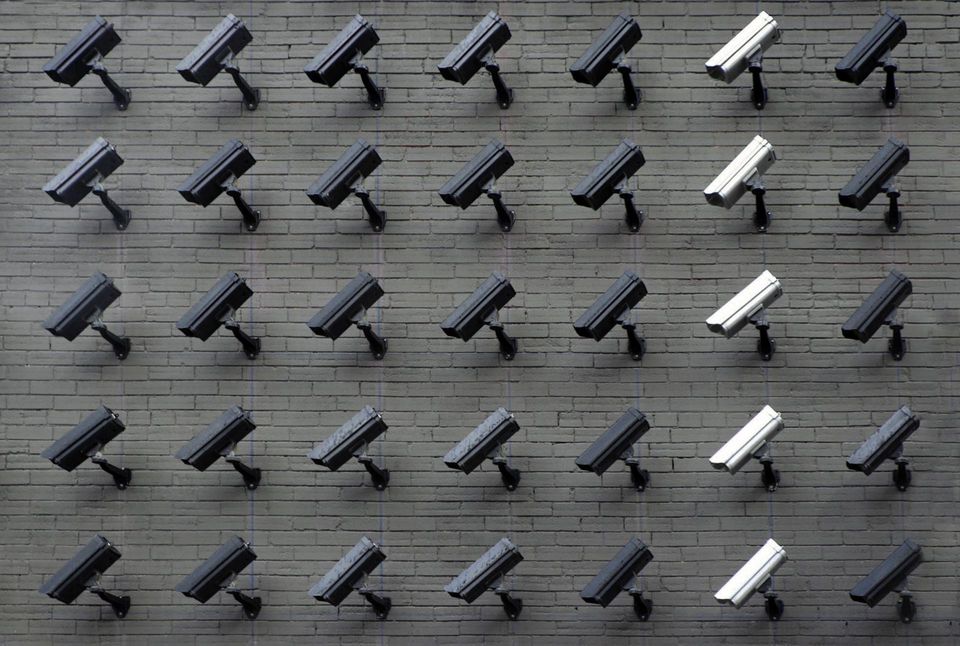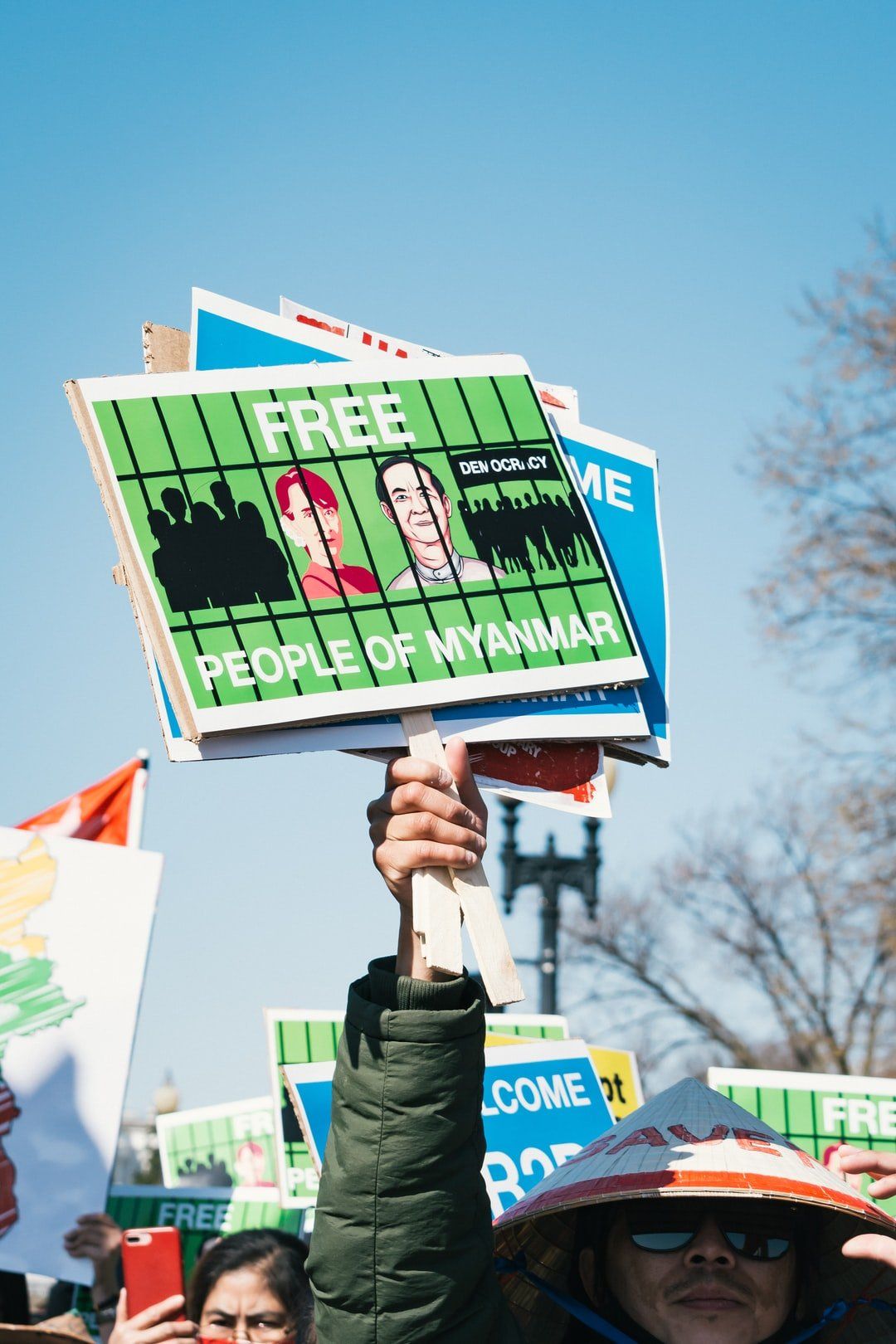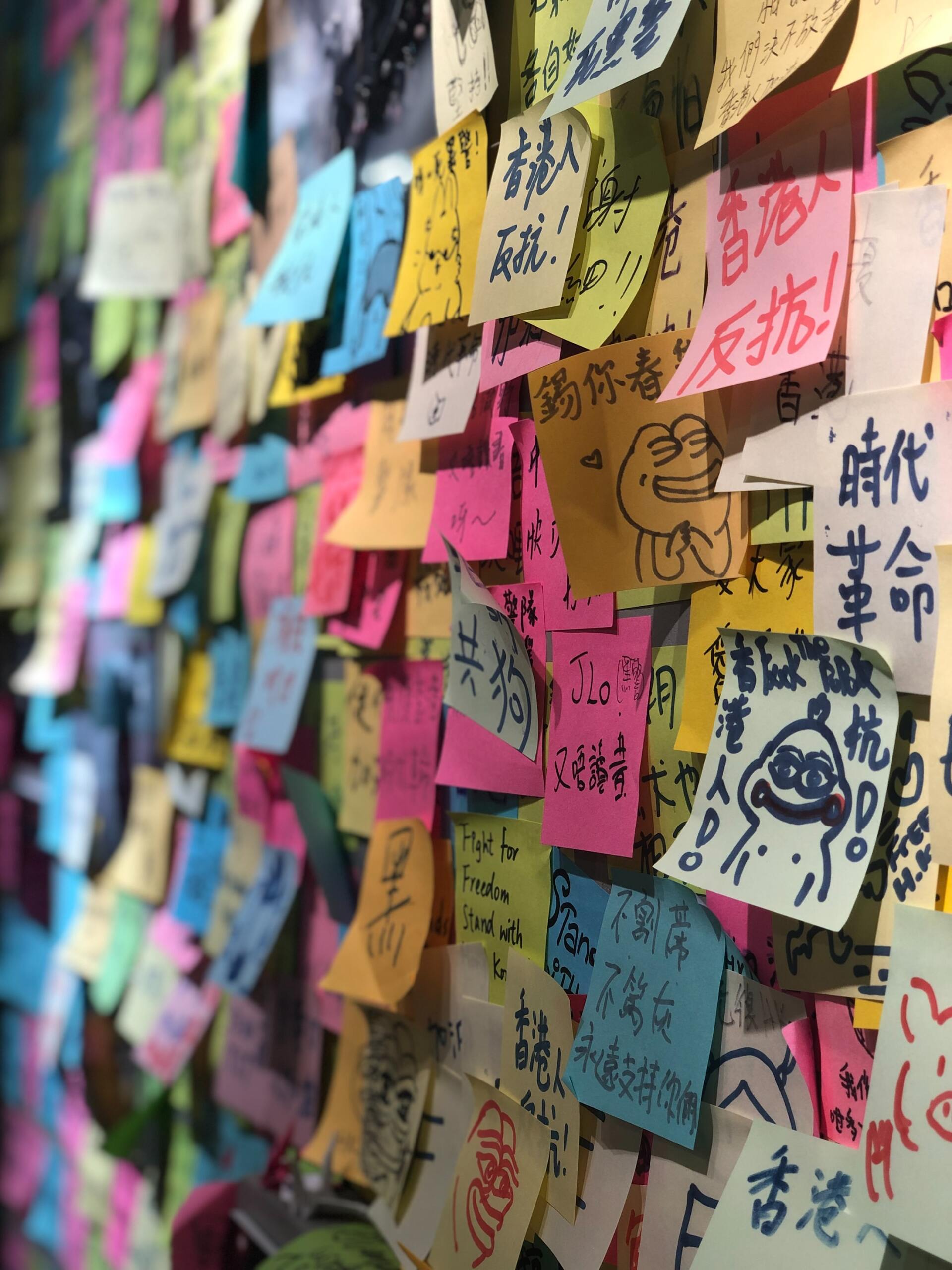Five months after being poisoned with a nerve agent called Novichok, the Russian opposition leader and activist Alexei Navalny returned to Moscow. As his flight landed in the Russian capital, border police detained him on the basis of violated terms of probation. His unjust incarceration, however, was not the only cause for public protests across Russia. A two-hours long documentary on Putin’s secret palace was released by Navalny’s team on the same day.
Through an in-depth investigation that involved aerial and satellite imagery, open source data, leaked documents and 3D modelling, the video uncovered not only the lavish luxury of the Russian President, but also his corruption schemes and abuses of power.
Beyond its striking revelations, the documentary showcased new roads for investigative journalism. The same technology used by intelligence services can, in fact, be at the service of the fourth estate. To do so, however, it’s necessary to follow unbeaten paths. Driving away from the traditional tools of journalism, reporters can now fight against the threats of digital surveillance by joining a new interdisciplinary movement based on collective intelligence.
In this article, I want to explain what the modern challenges for mainstream investigative journalism are and how an interdisciplinary collaboration can overcome them. As this collective approach to journalistic investigations is still at its early stages, I will also introduce some of the leading initiatives in this field, hoping to inspire the readers of this article in rethinking the traditional power structures of surveillance and intelligence.
Liquid intelligence against traditional investigative journalism
As I explained in the previous article, my theory on liquid intelligence is a grim one. Secret services and private intelligence companies are described as more powerful than ever: thanks to globalisation and our digitalized society, they can now oversee vast populations and single out individuals, by accessing their private information almost instantaneously. As the focus of intelligence agencies depends on both the regime and national agenda of each country, investigative journalists can be targeted for various reasons. Beyond the tragic cases in which they are considered political enemies, they might also be spied on, in order to access a particular network and information.
As multiple researchers have argued after the Snowden’s revelations in 2013, being aware of governmental mass surveillance, like a panopticon, can create a “chilling effect”. By introducing potential private intelligence companies to the mix, the threat of being hacked and spied on becomes even more real for journalists and activists. On this matter, Dan McCrum, John Scott-Railton, Lorenzo Franceschi-Bicchierai and Runa Sandvik shared a great testimony at the panel discussion I’ve been hacked! for the Logan Symposium, organized by the Centre for Investigative Journalism. The four speakers shared their stories and struggles, while reporting on cyber spying and hacking companies. From having their sources leaked, to living with excessive paranoia, they all had to look for alternative routes to protect themselves and their work.
The outcome of being silently spied on can have tragic consequences for journalists. Even the late Jamal Kashoggi might have been one of the victims of cyber spying. As it was reported by the Citizen Lab, Omar Abdulaziz, a Saudi opposition activist and collaborator of Kashoggi was being spied by the NSO group, at the time of the murder. While it’s unclear whether or not the tapping might have been linked to the death of the journalist in the Saudi Consulate in Istanbul, we shouldn’t exclude the possibility that the information gathered through Abdullaziz’s device might have been used to target Kashoggi. As Ron Deibert, head of the Citizen Lab, commented in an interview for The Guardian, “even though software typically can’t kill people directly in the way that bullets can, the end result is often the same.”
Collective intelligence: a common fight for more democracy and transparency
Yet, globalization and a connected society can also be at the service of investigative journalism. While it might require breaking away from the traditional techniques of investigation, reporters can enhance their work through forms of “collective intelligence.” By collaborating with technologists, hackers, civil society and whistle-blowers, it is possible to both collect and analyse evidence of injustice and human rights abuses, despite the challenges of liquid intelligence.
However, how can we ensure that investigative journalists and civil society are not using, in their turn, intrusive technology against citizens? Like for Intelligence agencies, this is obviously not an easy question to answer, nor one to underestimate. Here are a few things to keep in mind.
First, while both journalists and intelligence agencies (along their contractors) might use similar tools, their approaches and goals are often different. As governmental intelligence focuses on national defence, its approach is often rooted in the so-called “security dilemma”: to take an advantage over my enemy and protect my citizens, I need to increase my defence tools; my enemy feels threatened by them and therefore increases its own resources. The need for opacity, in this case, becomes necessary in order to avoid conflicts (As I did not want to derail the whole article into a debate over goals and scopes of national defence, please, forgive my reckless oversimplification).
On the other hand, journalists need transparency to make their investigations reliable and verifiable. Their role, in fact, is to show an injustice as it’s made, rather than to predict one. For this reason, it’s important that the gathered data shows the facts in full transparency and that leaked information might be used only in case of necessity and after a thorough verification.
The second aspect to keep in mind is also the scale and scope of the investigation. In the case of secret services, the allocated resources for such operations are way higher than the journalistic ones. As a consequence, journalists need to rely on open source not only for transparency reasons, but also budgetary ones. The scalability of their operations is also limited by the scope of their work. While journalists might be interested in mapping a terrorist network just as much as an intelligence agency, it’s unlikely that they would do so in a similar capacity, as they won’t need that much data.
Nonetheless, while transparency is at the core of journalistic investigations, it’s still important to be sensible in how to use it. Sources need to be protected even when they share their content online and on social media, as they might be affected after the release of the investigation. Especially when using open source imagery, it’s up to the journalists to make sure that people are not just used as evidence of injustice, but they are also being protected from it.
These are obviously just some of the aspects to keep into consideration when using intelligence tools for journalism. Many more decisions will need to be made depending on the topic and related risks for the reporters, their sources and civil society at large. While these choices are not easy ones, the core of collective intelligence is also to find and share ethical advice with one another. As I will present in the next paragraphs, in this new ecosystem there are already a few organizations and initiatives that aim at helping reporters, researchers and whistle-blowers in how to protect themselves and others.
New investigative paths for a better and more democratic future
The most well-known platform for this type of investigative journalism is probably WikiLeaks. Over the years, the platform has helped to uncover multiple human rights abuses, such as those in the Afghan and Iraq wars. The added value of the platform for journalists is to quickly access leaked documents in a centralized way and to look for evidence independently. When using content from it, it is generally recommended to still treat the leaked material as such. This will obviously include verifying if it might be directly harmful to someone, how and why it has been leaked and whether or not it is supported by other evidence.
Open Source databases are also one of the most common collective solutions for investigative journalism. While they aren’t inherently new, they are often hard to analyse without any knowledge in data science. For this reason, collaboration with data-scientists and technologists can help journalists in accessing and analysing unprecedented amounts of information. Among some easy to access database initiatives for journalists, the following have also been recommended at the Logan Symposium on Collective Intelligence:
- Opencorporates, one of the biggest open source databases on corporations across the globe. It is extremely easy to use and it proved to be particularly useful in case of fraud and corruption investigations.
- OCCRP Aleph, it collects data from a variety of sources to “track assets and corporate ownership, government expenditure, and information on individuals and groups of journalistic interest”. It’s important to notice that the access to data is limited and reporters need to submit an official request. As explained on the website, this procedure has been put in place for “concerns about data protection and civil rights.”
- Tech Inquiry, launched by a former Google employee and whistle-blower, it hosts a “Procurement and Lobby explorer” that allows to search for “entities and awards associated with US federal contracts, listed in the U.S.”
Two other initiatives that deserve to be mentioned are Bellingcat and Forensic Architecture.
The first one is an independent collective of researchers and digital investigators that analyse open source data (mostly imagery) in order to uncover human rights abuses. Their most important cases covered the use of chemical weapons in Syria, the disappearance of Malaysian Airlines Flight 17 over Ukraine and the Skripals poisoning. Thanks to their transparency and toolkits on how to conduct digital investigations, Bellingcat defines itself as “An Intelligence Agency for the People.”
A similar title could equally be awarded to Forensic Architecture, an interdisciplinary collective that uses architecture and digital tools to report on human rights and violence abuses. Linked to the Goldsmith University of London, this research centre has produced compelling visualisations that have served both journalistic investigations and court cases. Among these, it’s worth mentioning the trial of the Greek Neo-Nazi group, Golden Dawn, for the murder of Pavlos Fyssas.
Another domain of collective intelligence is focused on the protection of journalists and their sources. As I explained before, the consequences of cyber spying can often have negative consequences in the offline world. For this reason, it is crucial that reporters can protect their devices and sources. To do so, there are already accessible encryption communications tools like the Signal App and Telegram. Another toolbox is the Security Planner by Consumer reports: created with the collaboration of the Citizen Lab, it provides free guides for staying safe online.
In case of sensitive information, leaked documents and contacts with whistle-blowers, journalists can also reach out to initiatives such as the Signals Network for Whistleblowers and Reporters without Borders. Both NGOs would be able to provide help and tools for protecting both journalists and their sources, from external harms. The latter can also assist them with physical security concerns, as well as legal advice.
These collective intelligence solutions are emerging out of a necessity: to empower journalists in their investigations. This type of collaboration allows them to investigate injustices and abuses of power, without facing the direct risks of being hacked, incarcerated or even killed. As stories like the ones of Kashoggi and Navalny continue to unfold, it is our duty to create safe spaces and platforms to continue to tell them. Even if that requires new collaborations and intelligence tools.
Sonia Sangiovanni is a young professional, specialized in Technology and Public Affairs. During her Master’s in International Security at Sciences Po, she studied the social and political impacts of big data and AI. Her Master Thesis focused on the digitalisation and privatisation of Intelligence services in the UK and investigated companies such as Cambridge Analytica, Black Cube and Hakluyt. After her graduation, Sonia started her career by working as consultant for the French Public Sector. Read more articles like this on
LiquidIntelligence.
Read More


Watch Our Episodes





